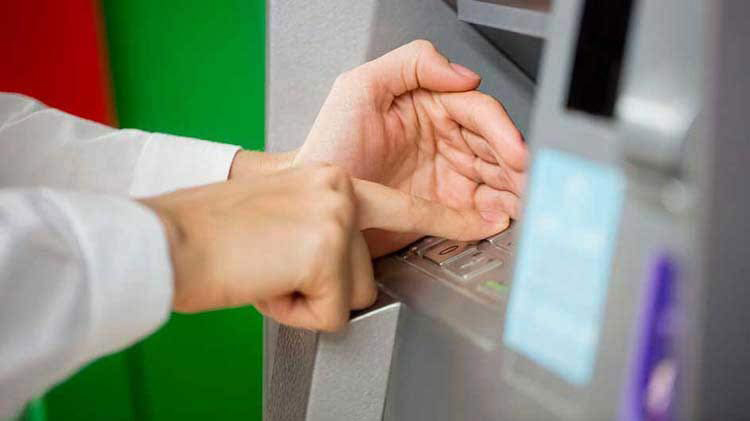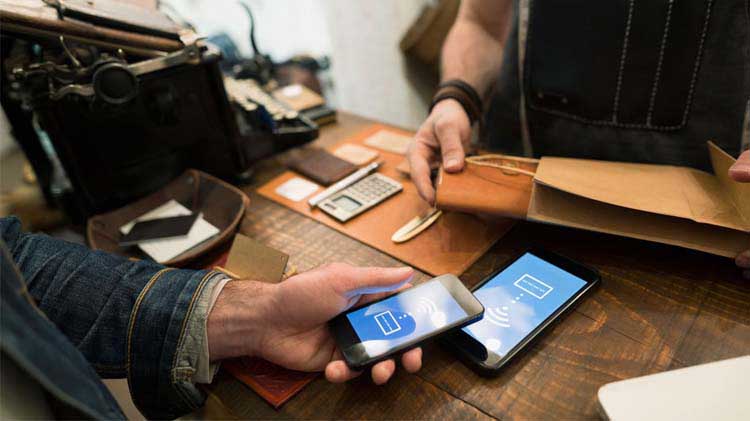Is online banking safe? Yes — but there are some best practices
Paying attention to a few details can go a long way toward boosting your online banking security.
Online banking can greatly simplify your life, allowing you to make a mortgage payment or check an account balance anywhere with just a few clicks. But ignoring online banking best practices can leave you vulnerable to hacking. Follow these online banking safety tips to help keep your digital financial life simple and secure.
Use complex and strong passwords
One of the best ways to protect your online account is to create a complex password. This will help protect against hackers or data breaches. Don't use alphabet and numeric sequences (e.g., abcdefg, 123456) or a keyboard pattern (e.g., qwerty). Random collections of completely unrelated characters, including uppercase and lowercase letters, numbers and special characters are best. One idea is to choose a phrase or mantra ("Travelmorethisyear19") or song lyric and add a unique numeric code ("Storyofmylife75!"). Occasionally change your password, especially if your financial institution announces that hackers have stolen credentials from some users and never use the same password you've used somewhere else.
Two factor authentication
When you sign up for two-factor authentication with your bank, you need both a password and a special code to access your accounts. That may be a text message or a mobile app that gives you an access code every time you try to log in to your account. Password-protect your laptop and smartphone, too. Mobile wallets store your credit cards and coupons in digital form. They allow you to make purchases, apply discounts and use coupons either online or in-store.
Check your online accounts regularly
Make an appointment on your calendar to regularly check your accounts for debits or transfers you don't recognize. You can also sign up for text or email alerts about suspicious activity, online transactions or purchases above a certain threshold. Some transactions have a time limit to report unauthorized transactions. By monitoring your account frequently you can notify your bank quickly to resolve any disputes.
Beware of phishing scams
Cyber criminals have gotten more sophisticated, spoofing your bank's logos and language to send emails that seem to be legitimate. These are commonly called phishing scams and they typically allude to a problem with an account that needs a fix — immediately. However, once you click on a link, you're directed to a fake site that asks for your username and password, which is where the hackers are able to nab your digital details. If you receive an email that looks suspicious or asks for personal information, call your bank instead at the phone number you know is correct, not the number in the email — and don't click on any links.
How to use public Wi-Fi safely
If you’re in a public spot such as a coffee shop and log in to that free Wi-Fi option, a hacker may be able to more easily access the network. Instead, use your cellular network or your smartphone as a hotspot for your computer. Or, wait until you’ve accessed your secure home network to dig into your bank account.
Keep devices updated
Tech companies are constantly monitoring their software for weak spots or security breaches and often release updates to help fix those issues. Set up your devices for automatic updates. These updates improve the stability of your software and remove outdated features. By keeping your device updated it makes your user experience better.
State Farm® offers Cyber Event, Identity Restoration and Fraud Loss Coverage that can help if you are the victim of a covered case of fraud or experience an increased risk event or are a victim of a covered cyber attack. The coverage provides:
- Cyber Attack Coverage
- Cyber Extortion Coverage
- Identity Restoration Coverage
- Contingent Credit Monitoring
- Fraud Loss Coverage
Coverage may not be available in all states. For further information, see a local State Farm agent.




